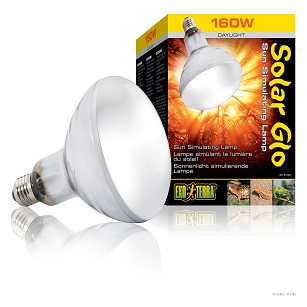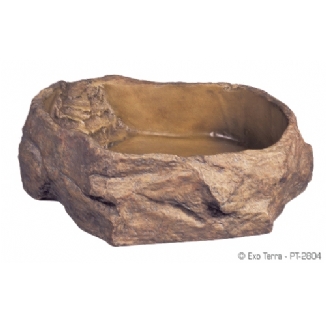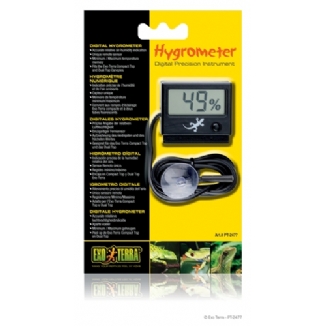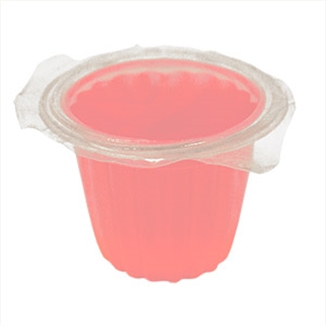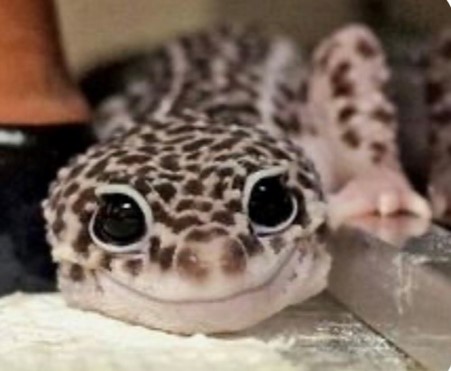
Leopard Gecko Care Sheet
Scientific Name: Eublepharis macularius
Country of Origin: Afghanistan
Expected Lifespan: 15 Years Plus
Size: 15-30cm
Leopard geckos are terrestrial (living mainly on the ground) and adapted to life in dry scrublands on rocky, clay soils. All Leopard geckos in the UK are captive bred.
Leopard geckos are crepuscular, meaning that they’re active at dawn and dusk, and spend the heat of the day hidden under rocks to avoid high temperatures and predators. Their wild diet consists of a large variety of invertebrates and the occasional small mammal and seasonal flower.
Leopard geckos usually grow to around 25cm in length and can live up to 15 years. There are now many colour and pattern variants – called morphs
Housing
Leopard geckos should be kept in a vivarium. Good ventilation is essential to reduce the build-up of bacteria, and it should be made from a solid material that is easy to clean. The minimum size for 1 adult gecko is 60cm long, 40cm high and 30cm deep, but the bigger the better. The vivarium should be placed away from anything that can affect the temperature, like radiators or direct sunlight.
Temperature/Light
Leopard geckos are ectothermic, meaning they use their
environment to warm up and cool down. You need to create a thermogradient by
positioning the heat source at one end of the vivarium, leaving the other end
cool so the gecko can choose the level of heat it needs. You need to create a
basking zone at one end, use a 60–100 watt ceramic lamp or basking lamp. The
heat source must have a guard around it to prevent your reptile getting burnt,
or injured should the bulb shatter. Leopard geckos feel warmth through their
bellies, so place a hide rock in the basking zone to absorb daytime heat.
A thermostat must be used with all heat sources. For a heat lamp, place the probe of a dimming thermostat above the substrate. Adjust the thermostat temperature and check the basking zone with a digital thermometer until it reaches 28–30°C.
The other end should be cooler, 24-26°C. Thermostats are not always accurate, so check the temperatures every day using a digital thermometer for the basking zone and another in the cool end. An infrared thermometer can also be used to check the temperature in the basking zone and cool end daily.
You should turn off the heat at night to simulate night-time. However, if the temperature of the room drops below 18°C, you’ll need supplementary heat. Use a reptile heat mat on one side of a wooden vivarium, or under half the base of a glass vivarium. Connect this to an on/off thermostat, with the probe directly over the heat mat, set at 30°C. Alternatively, you can maintain the air temperature with a ceramic heat lamp (which does not emit light) set at 18–20°C with a thermostat.
Leopard geckos need a relatively dry environment to prevent
skin or airway problems. Measure the humidity at the cool end with a
hygrometer. It should normally be around 30–40 percent. If it’s too high, your
vivarium will need more ventilation.
Light
Reptiles use natural daylight to set their day and night
patterns. Sunlight contains visible light and ultraviolet (UV). Part of UV,
called UVB, allows reptiles to make vitamin D3, vital for the animal to store
and use calcium. Another part is called UVA, essential for a reptile’s vision
as they can see many more colours with UVA.
Create a photo gradient, from light to shade, by grouping
your light with the heat source so the cool end is more shaded, just as in the
wild. Fit a UVB tube for reptiles, one-half to one-third of the vivarium
length, into the roof of the vivarium in the hot end. Always Check the
manufacturer’s guidance on which bulb you need. The UVB output decreases over
time so the UVB output should be checked regularly using an appropriate UV
Index (UVI) meter positioned at the level of the animal directed towards the UV
lamp. Leopard geckos require a gradient of UVB within their enclosure ranging
from UVI 0.7 in the basking zone to zero in the shade. The lamp must also be
replaced according to the manufacturer’s instructions (normally every 6 months)
Cleaning
Poorly maintained enclosures can become dirty quickly and create a health risk for your Leopard gecko and for you – reptiles can carry salmonella.
Waste should be spot cleaned as soon as it appears and clean the whole vivarium and all equipment fully once a month. Use a reptile-safe disinfectant then rinse off and dry thoroughly. Wash your hands before and after handling the gecko or equipment to reduce the spread of infection between you and the lizard and other animals.
Diet
Water is essential for a reptile’s health and wellbeing, so make sure you provide a shallow dish of clean, fresh water at all times in the cool end. This must be cleaned and replaced at least daily – and immediately if it’s soiled. You can also give them a jelly pot for moisture
Leopard geckos mainly feed on invertebrates in the wild. In captivity, you should feed your gecko a varied diet of livefoods. These include crickets (brown house crickets, silent crickets or black crickets), calciworms and locusts, no bigger than the size of the gecko’s head. Feed waxworms sparingly as they are high in fat. As your gecko grows you can feed adult geckos mealworms and dubia cockroaches. You can also offer a washed dandelion or nasturtium flower once a month to supplement their diet.
The captive environment doesn’t supply all of the vitamins and minerals available in the wild, so you will need to provide supplements. Lightly dust Livefoods with a vitamin and calcium supplement immediately before offering it to the gecko. Vitamins and minerals can be overdosed, so always follow the instructions on the packing. You should also always provide a small bowl of plain calcium power for your gecko to lick. Store supplements in a cool, dry place to keep them fresh.
Juveniles should be fed daily and adults every other day. It’s a good idea to weigh your gecko regularly.
Handling
Leopard geckos can become used to handling, which is helpful when checking their health. Never grab your gecko as it can be stressful and lead then to struggle or bite. The gecko should be gently scooped up with both hands, so all four feet are supported. Never apply any pressure to the tail as the gecko can drop it; it can grow back but it’s dangerous for the gecko’s health, as they will have to rebuild their fat stores.
If your gecko backs away when your try to pick them up or tried to bite, it’s better to leave them alone rather than to keep going until they’re caught, just try again another time. The gecko should not be taken from the vivarium for so long that their core temperature drops. Around 10-15 minutes at a time is safe, depending on the room temperature.
Health and welfare
Clear, bright eyes are one of the signs of a healthy leopard gecko. They should be active, and the belly should not touch the floor, apart from when resting. Well-fed geckos will have a thick tail. A leopard gecko’s droppings should be quite dry and will be made up from faecal waste (the dark part) and urates, (the white part).
Shedding
Poor shedding on the feet can cut off the blood supply and lead to the loss of toes. Do not pull off old skin if it seems stuck as it can tear the new skin underneath. If you still see dry skin caught around the toes or eyes, consult your reptile vet for advice.
Brumation
Brumation is a natural process, like hibernation, seen in some individuals over the cooler months. It’s triggered by the reduction in temperatures, air pressure and natural daylight hours. These geckos may eat less than normal and increase the time spent sleeping, but they shouldn’t lose weight at this time – monitor your gecko carefully.
One of the most common problems that affect captive reptiles is metabolic bone disease (MBD). This is a term used to describe a range of nutritional diseases but is most often due to a lack of UVB lighting, resulting in vitamin D3 deficiency. This prevents reptiles from absorbing calcium from their food. Symptoms include muscle twitching, swollen legs, fragile bones and eventually, permanently deformed limbs, jaws, spine or tail. If you notice any of these signs you must seek urgent vet advice.
Female geckos reaching adulthood may produce infertile eggs, even without a male present. If this happens, her belly will swell, and you might even be able to see the eggs in the belly. It is very important that she is given a nest box of moist soil or a sand/soil mixture to lay the eggs in, or she may become egg-bound.
Geckos can also get digestive problems. Abnormal droppings
or constipation, coupled with weight loss, can be serious. Another potential
disease of captive lizards that you need to research is impaction (see above).


